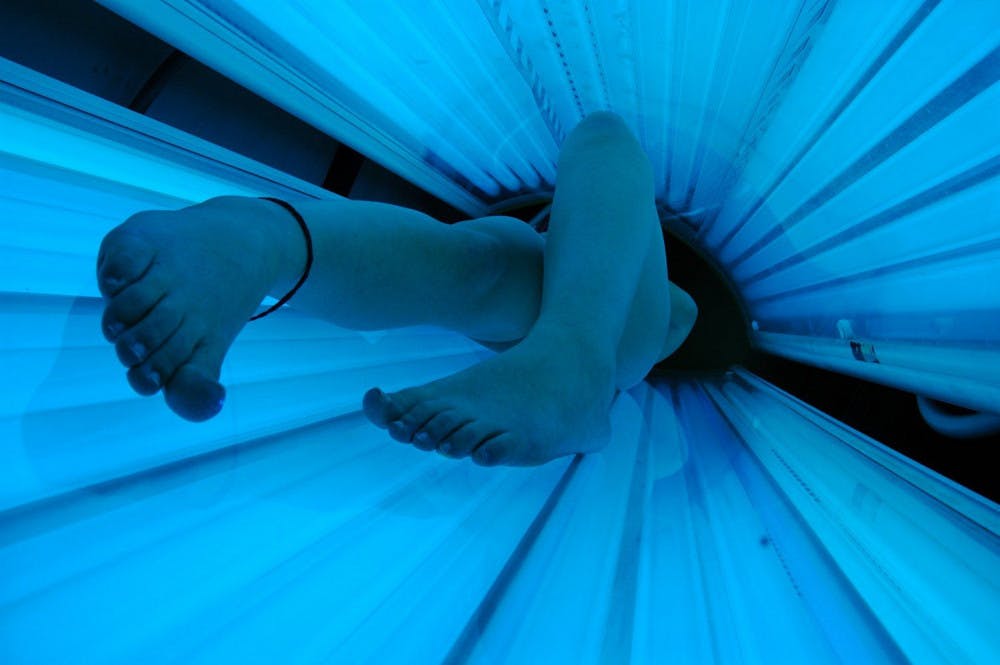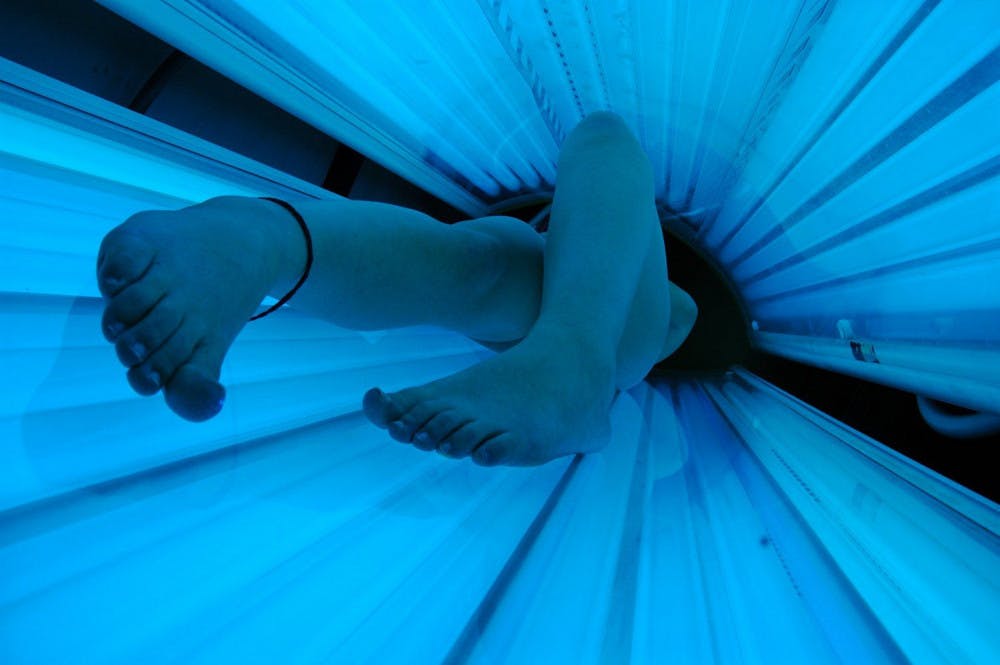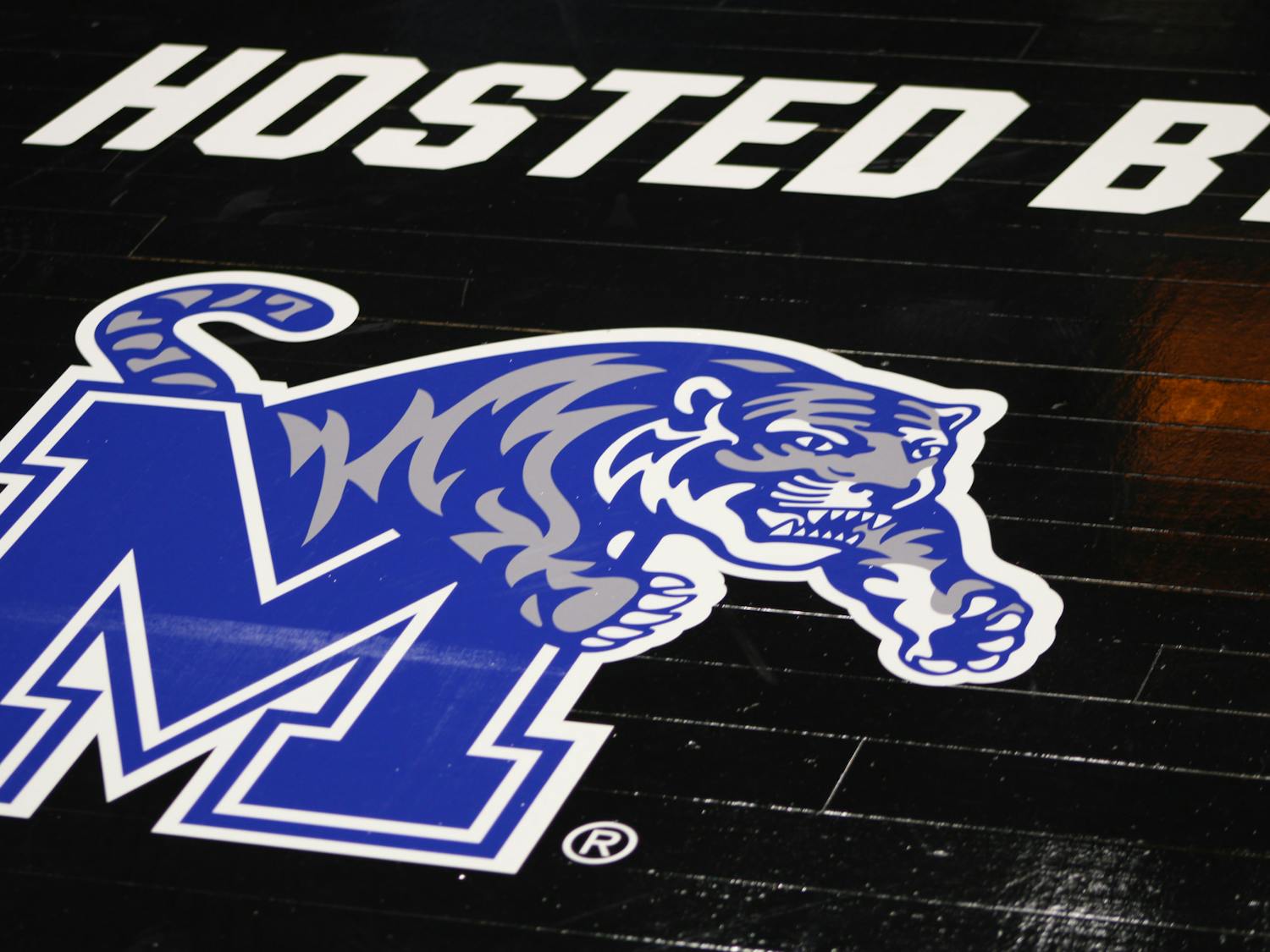
Melanoma, a life-threatening skin cancer, has been on the rise for at least 30 years in the U.S. and is often associated with tanning beds and sun bathing outside.
Having a great tan can be one hot goal for many young women, but it comes at a high price. That price could even end up being your life.
Melanoma, a life-threatening skin cancer, has been on the rise for at least 30 years in the U.S. and is often associated with tanning beds and sun bathing outside.
The American Cancer Society estimates more than 76,000 Americans will be diagnosed with melanoma during 2016. Jamie Rich, 26, was devastated when she learned her mother, Carole Little, had been diagnosed with melanoma.
One in every 50 people is diagnosed with melanoma skin cancer a year. Little happened to be that one.
“I still remember the conversation to this day,†Rich said. “It was the worst news that I have probably ever received. My mom is my best friend.â€
In 2013, Little was diagnosed with stage 3-B melanoma. Rich said her mother seemed to be in shock. The next question the family wanted to know was what now? The doctors quickly produced an answer for them — surgery.
“On Nov. 11, 2013, my mom had her first of three surgeries as they removed the cancer site that formed from a mole in the middle of her back,†Rich said. “It was tough on us all to sit and wait while feeling helpless.â€
The surgeries continued and so did the worry of just how bad the cancer was for Little. She underwent a wide local excision, lymph node biopsies under both arms and a complete lymph node dissection on her left chest and armpit.
“All we could do at the time was pray,†Rich said. “God always has a plan, and we have to trust in Him.â€
Little was finally given good news in March of 2014. Her entire body was melanoma free, she had survived.
But some are not so fortunate. The American Cancer Society predicts that melanoma will take the lives of more than 10,000 Americans in 2016.
Little now strives to keep others informed of the dangers of sun bathing or using a tanning bed.
She hopes others will not make the same choices she did that resulted in being diagnosed with a life threatening skin cancer.
After all, it takes one blistering sunburn at a young age to double your chances of getting melanoma. Little wants others to know that melanoma is not just skin cancer. It is highly invasive if not caught early.
You should see a dermatologist every year, especially if you are tanning in the sun or a tanning bed. She also said to understand the signs of skin cancer, so you may detect it before it’s too late. The American Cancer Society suggests the ABCDE rule as a guide to sense the usual signs of melanoma.
Be on the lookout and tell your doctor about spots that have any of the following features:
• A is for Asymmetry: One half of a mole or birthmark does not match the other.
• B is for Border: The edges are irregular, ragged, notched or blurred.
• C is for Color: The color is not the same all over and may include shades of brown or black, or sometimes with patches of pink, red, white or blue.
• D is for Diameter: The spot is larger than 6 millimeters across (about ¼ inch – the size of a pencil eraser), although melanomas can sometimes be smaller than this.
• E is for Evolving: The mole is changing in size, shape or color.
“Melanoma has taken my lymph nodes and left me with a 10-inch scar on my back that has no feeling, but it will never take my strength to fight,†Little said. “I fight because I won’t let melanoma win.â€




